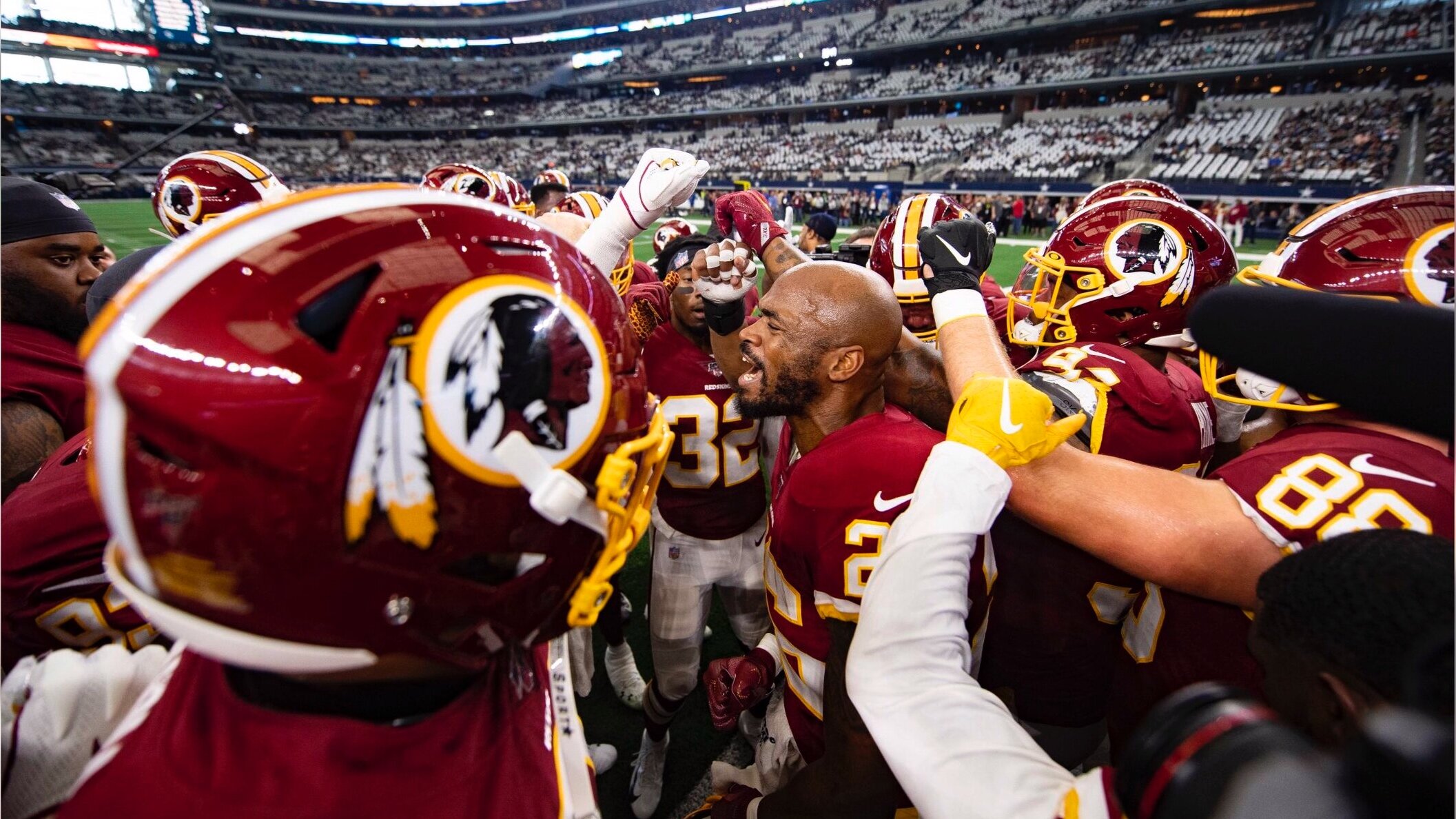When a news website is not really a news website
/For some reason, the South Birmingham Times thinks Colorado’s governor deserves a bigger headline than Alabama’s.
Apparently I shouldn’t be wondering about the agenda of my city’s newly elected mayor or what improvements I can find at the renovated public library down the street. Apparently I should be thinking instead about the awful “C” rating given to Democratic Colorado governor Jared Polis by the Cato Institute, a libertarian think tank in Washington, D.C., for poor fiscal management.
Because that was the top story when I visited the news website of the South Birmingham Times on Thursday (and on Friday!)
The site is one of nearly 1,300 pretend local news sites launched by a company called Metric Media in the past several years. That’s about twice as many as the nation’s largest newspaper chain.
Alabama has 20 of them, according to The New York Times, with seemingly legitimate and neutral names such as the Tuscaloosa Leader, the Jefferson Reporter and the Decatur Times. But the actual mission of Metric Media sites is to support Republican political candidates and right-wing causes. (For the whole list, NYT subscribers can click here.)
As both the New York Times and another recent article in the Wall Street Journal point out, supposed news sites with ideological bents have sprung up on behalf of candidates and viewpoints on both ends of the political spectrum. The problem, no matter the political leaning, is that readers potentially believe they’re getting legitimate news when they’re actually getting skewed news or flat-out propaganda.
The sites in Alabama are pretty easy to recognize as garbage. The template About Us page says Metric Media was established “to fill the void in community news after years of decline in local reporting by legacy media.” It’s correct about the decline and the void. It continues: “This site is one of hundreds nationwide to inform citizens about news in their local communities.” That’s a canard.
I looked at the homepages of three of the Alabama sites. I found one local story. Below the big Jared Polis headline, the South Birmingham Times had a story about a jury convicting a Vestavia Hills man of a crime. The story came from a press release. Seven months ago.
The Decatur Times’ lead story also came from a press release. A woman from Laredo, Texas, was sentenced for cocaine distribution. Eight months ago. In the U.S. Southern District of Alabama.
Want to write a letter to either newsroom? They have the same address. It’s in Delaware.
The unacknowledged but recognizable Republican slant showed on both sites in the story reporting that the top marginal tax rate in Alabama – a statistic much higher than the actual tax rate – could reach 54% under Joe Biden’s tax plan, according to the Tax Foundation. No mention of Donald Trump’s plan. My speculation is that if Alabama were a contested election state rather than a virtual Republican lock, Metric Media would be feeding more content to its Alabama sites.
Check out the headlines on the right side of the homepage. Does the Decatur Times’ webmaster (probably not a human) think the website serves Decatur, Illinois?
The New York Times further reported that political groups and public relations firms can pay for Metric Media (mostly freelance writers) to create a desired story, including specified interview questions. No legitimate news organization allows this, of course, and such a practice magnifies the audience deception.
It’s possible to cite cases of hidden bias in journalism, obviously, from corporate level steering of editorial decisions to unspoken agendas of individual journalists. But it’s especially nefarious when non-journalism tries to present itself as journalism. Which happens all the time. Because communicators engaged in persuasion or propaganda know their messages become more effective if the audience accords them the credibility of vetted, impartial news.
That’s why, for instance, native advertising is made to look like the surrounding news content, save for a teeny tiny label identifying it as advertising. That’s why innumerable TV commercials are staged as a news broadcast or a press conference. That’s why the US military wrote and paid Iraqi newspapers in 2005 to publish propaganda supporting the US mission in Iraq in the form of news articles.
It is not easy to identify websites with undisclosed political motives. (It’s easier if a site is just making stuff up but even then a lot of people fall for it.) Some recommended steps for spotting bias:
Look at headlines. Are all the negative ones about people and causes on one side of the political divide? Is the language inflammatory?
Look at individual stories. Do they present both sides of an issue or controversy?
Read stories on the same subject published by other, reputable news outlets. Do you get a different picture?
Read the About Us page. You may (or may not) find honesty there. Pay special attention to ownership and funding sources, if they’re mentioned.
Google the names of bylined writers. What’s their background and for what publications have they written previously?
Check out a watchdog website that rates the bias of news sites, such as NewsGuard, Media Bias Fact Check, Ad Fontes Media’s bias chart or the Global Disinformation Index.
(For even more advice, click here.)
We face a monumental election and a pandemic, two hot-button issues that have prompted no-holds-barred tactics to win public opinion, including the appropriation of the powerful mantle of journalism for political persuasion. And that’s civically dangerous, because persuasion works best when people don’t realize that’s what it is.





















